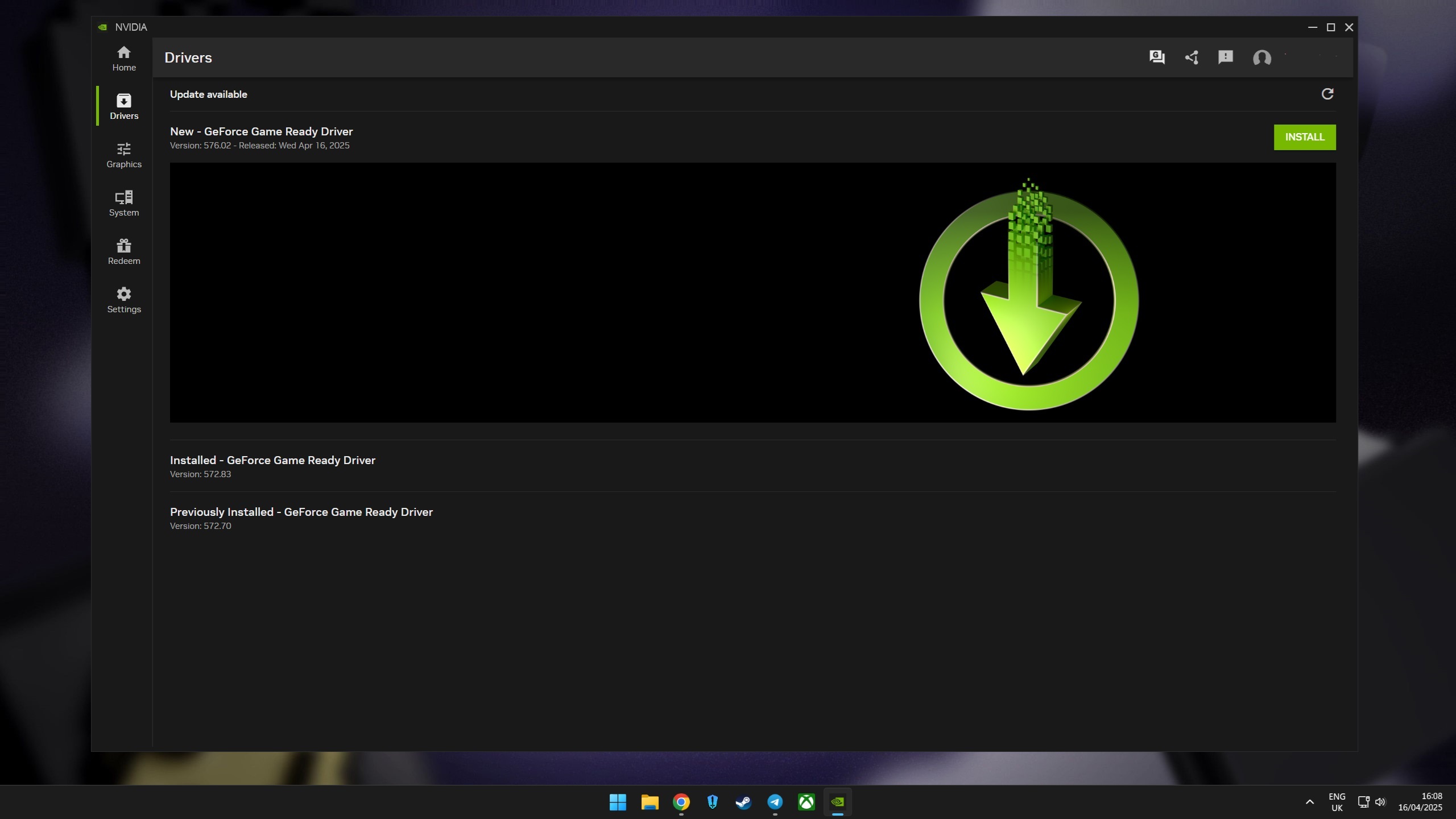Stranger of Sword City review: First-person dungeon-dives on Xbox One and PlayStation Vita
The first-person dungeon crawl is back.
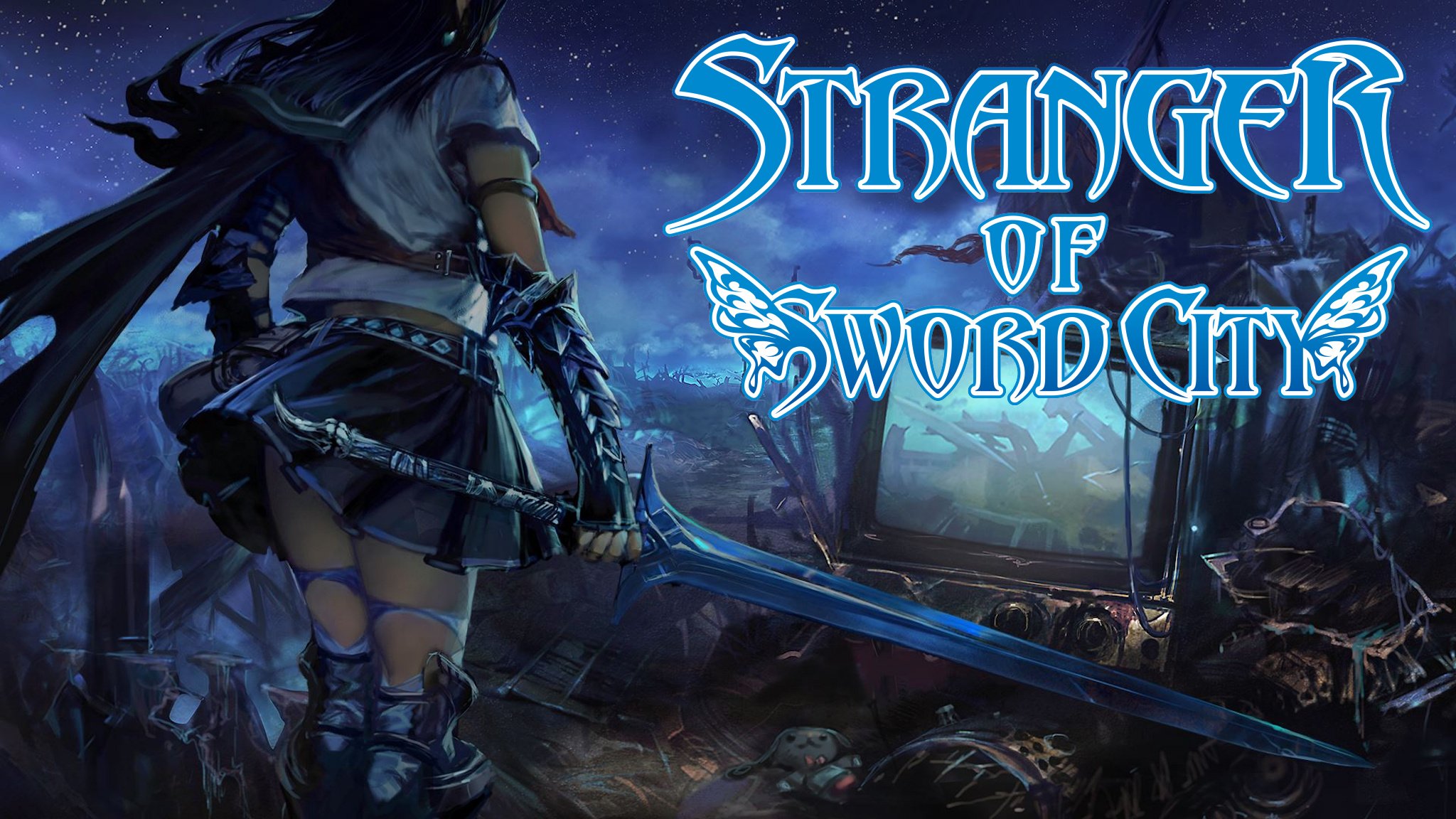
Role-playing games have always been a popular videogame genre, with branches like JRPGs and strategy RPGs rising and falling in prominence as time goes on. One RPG we don't see often nowadays is the first-person dungeon crawl, in which players navigate huge grid-based mazes more than anything else.
That scarcity makes Stranger of Sword City stand apart on Xbox One – there's really nothing like it on the console. With a PlayStation Vita version out now and a Steam release due in June, old-school RPG fans can experience Sword City on a variety of platforms. Read on for our detailed review!
Stranger in a strange land
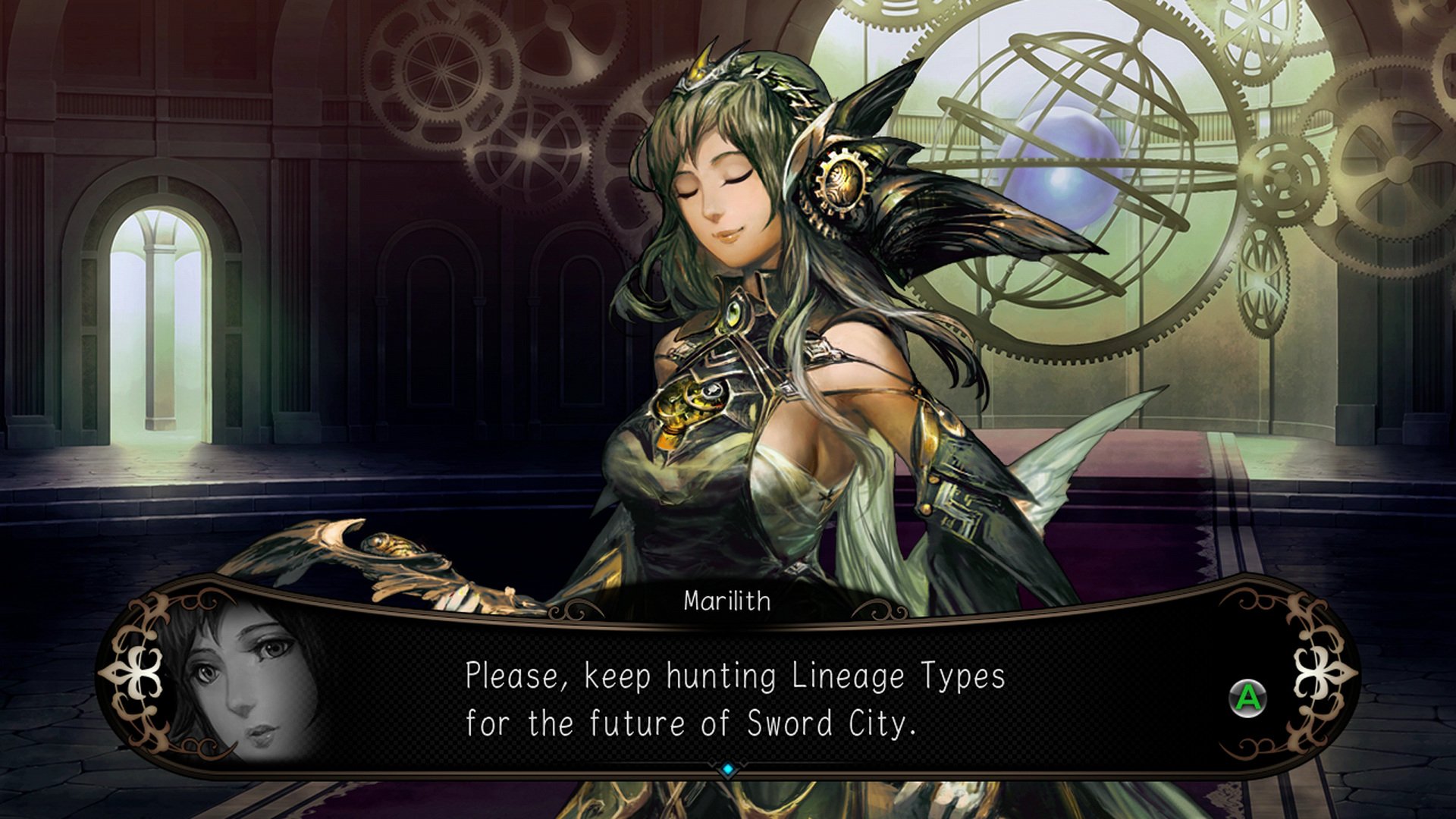
As the game begins, a plane from our world vanishes only to crash in a mysterious fantasy world. The sole survivor becomes a Stranger, a human with supernatural powers. The hero joins the other Strangers in Sword City, where they are valued for their powers and sometimes feared for being different. Together, the Strangers and their friends fight to recover Blood Crystals from dangerous Lineage monsters – while also searching for a way back to our world.
The basic story setup is fairly intriguing, but the momentum stalls a bit as things proceed. Future narrative sequences involve interactions between the various faction leaders of the Sword City and its surrounding areas. The player character is a Chosen One, and of course each of the factions wants his or her support. This is one of those games where the NPCs do all the talking, though at least players get to make mostly inconsequential dialog choices now and then.
Party creation

At the start of the game, you'll create your own Chosen One. This main character must be a human, but other party members can be fantasy races like Elf, Dwarf, and Ney (anime-style cat-people). Each race has its own basic stat proficiencies, with humans being all-arounders. Like Dark Souls, you get to assign a stat point when leveling up, so any weak starting stats can be overcome if desired.
Upon reaching Sword City, your hero will be able to recruit a party of five additional adventurers. Party members are blank slates, with no dialog or effect on the story – hired hands, basically. The game provides a set of five recruits to fill out the starting party, but you can also create several more of your own.
Creation is fun because you can name everyone and choose their portraits, but the initial stat rolling mechanic is time consuming and boring. It usually takes a lot of rolls to get a favorable stat bonus, so I wish we could just skip the process. Still, you'll want to make several members of your own — idle party members gain XP and gold while you fight battles. And party members can be incapacitated, necessitating the use of replacements while they recover.
Get the Windows Central Newsletter
All the latest news, reviews, and guides for Windows and Xbox diehards.
As with many Japanese RPGs, the party's battle formation consists of two rows. Here though, most characters in the second row can't use physical attacks against enemies. You have to put magic users back there, and maybe someone who wields a bow or sling. It's an interesting limitation that forces a mix of classes rather than packing the team with nothing but melee fighters.
Dangerous dungeons
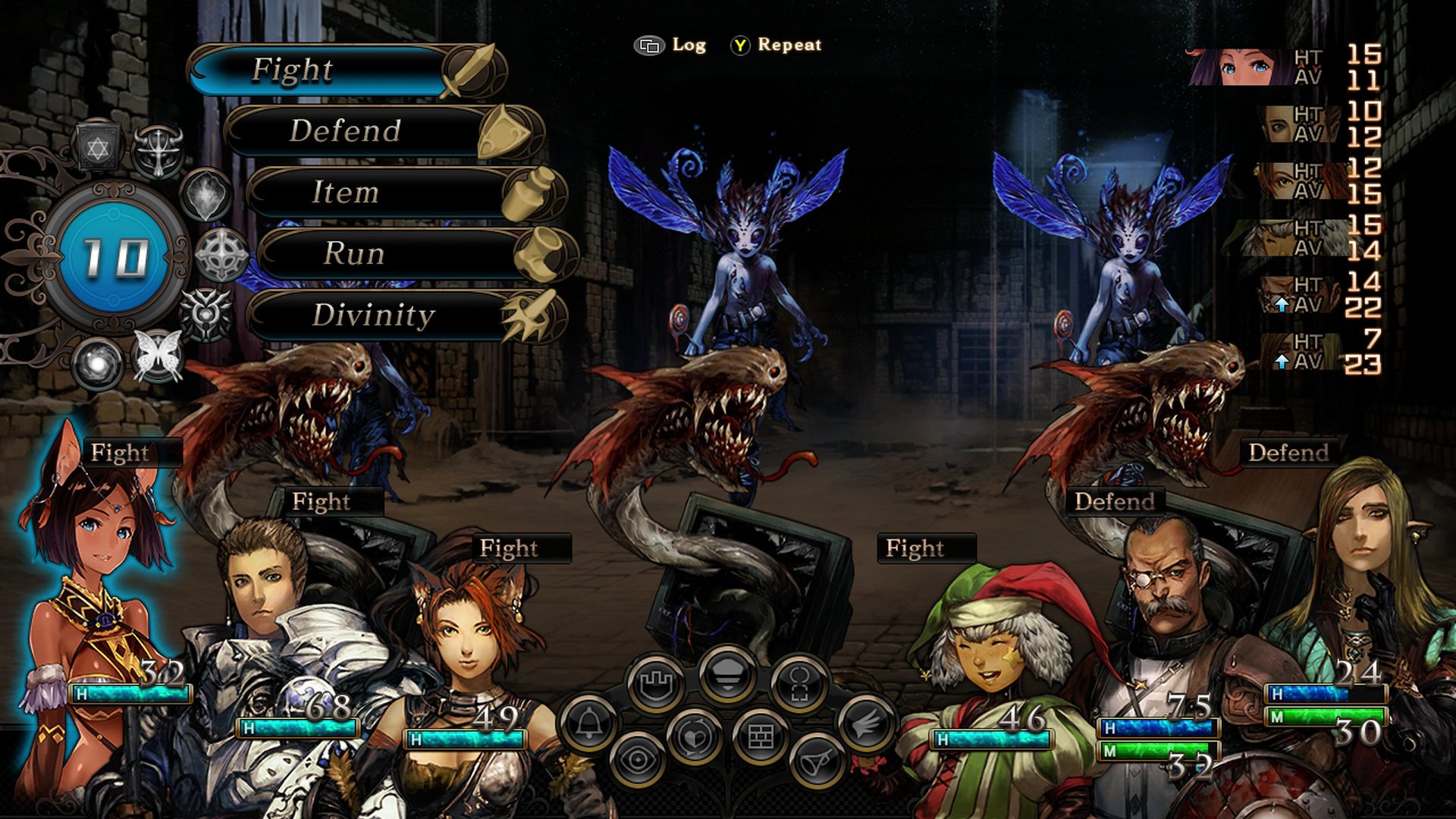
In the tradition of classic games like Might & Magic and Wizardry, Stranger in Sword City takes place entirely from a first-person perspective. Players must explore a variety of grid-based dungeons, filling in the map and battling monsters along the way.
Filling in the grid is surprisingly enjoyable. And thankfully for a game in which a dungeon's surroundings must pretty much all look alike, players can get their bearings from both a minimap and a full-sized map. None of that Phantasy Star drawing your own map nonsense!
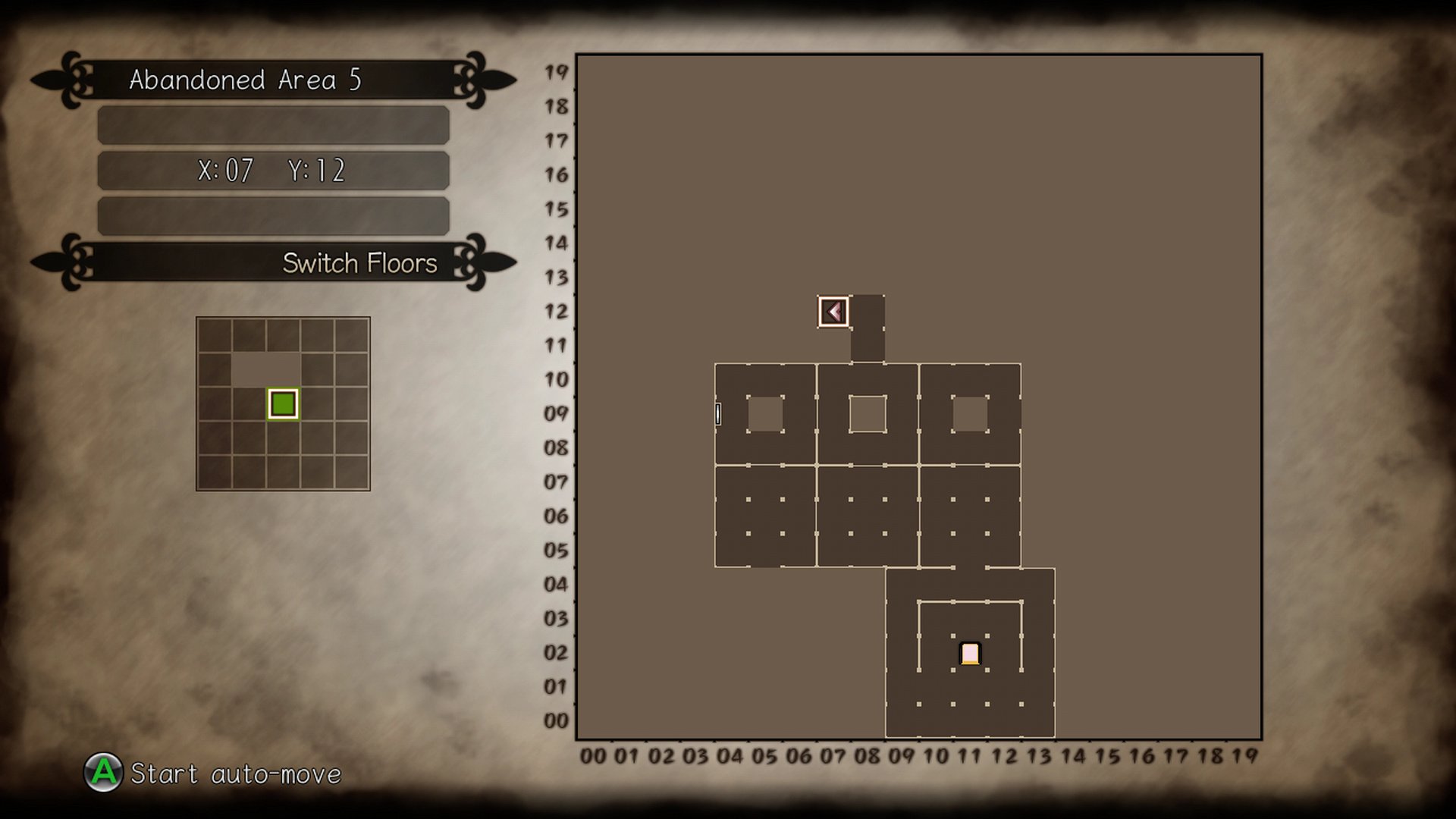
As you explore each dungeon, you'll engage in both random and non-random enemy encounters. The battle system is menu-based but surprisingly fast. You always have the choice of performing everyone's turns simultaneously to move things along faster, and you can even repeat the same moves during the next turn when needed.
Sometimes one of your party members will detect a hiding spot upon entering certain rooms. These hiding areas are where you'll hunt for loot. Normal enemies don't usually drop equipment, but every hiding battle promises the chance of a loot chest. Just defeat the enemy designated as leader before it escapes, and you'll get a reward after the battle. Equipment found in dungeons can be identified back in town, hopefully boosting your party's chances of survival.
Death, recovery, and Achievements
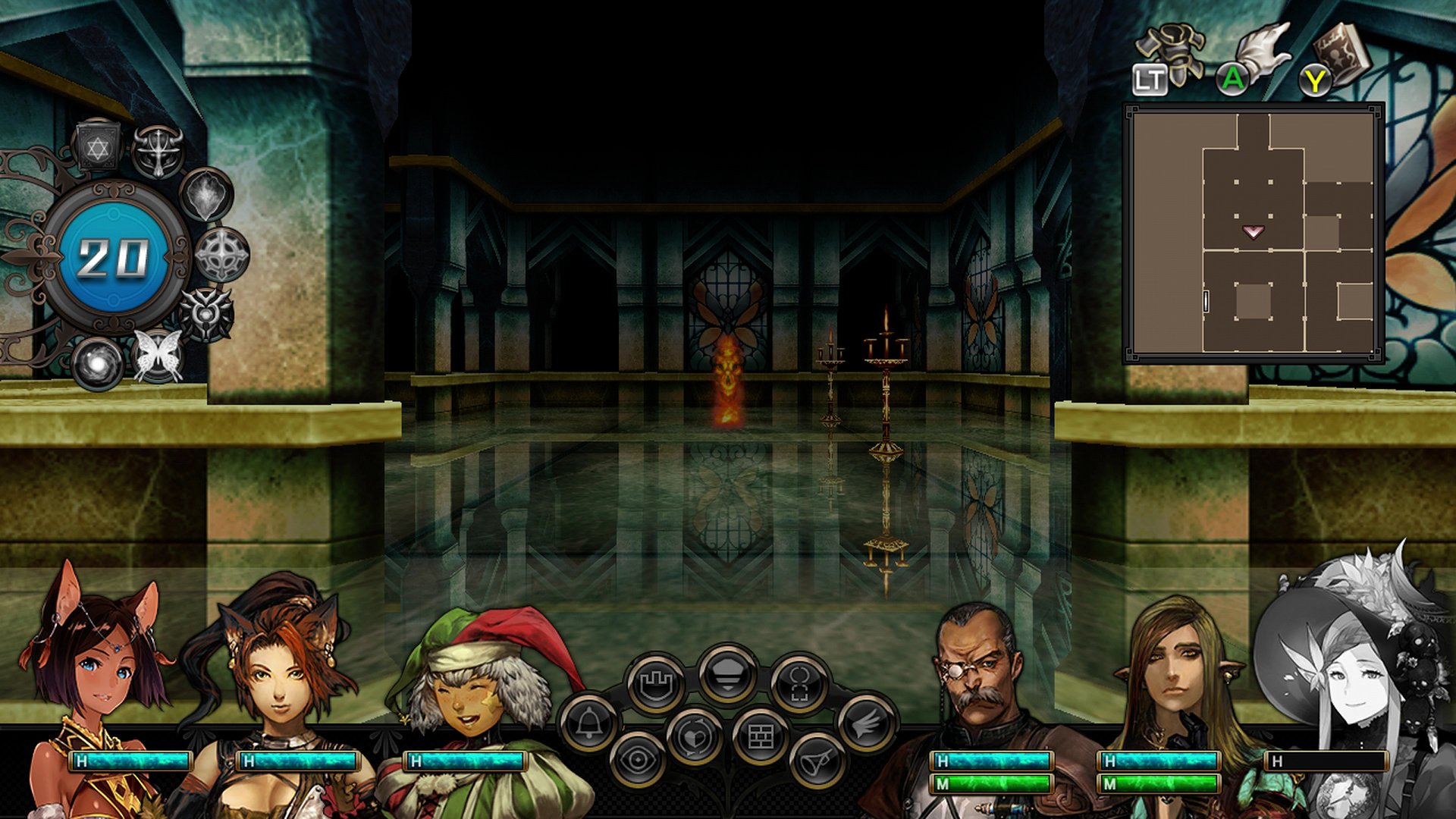
Sword City's battles might be streamlined, but don't mistake their simplicity for a lack challenge. Like other old-school first-person RPGs, the degree of challenge here is quite a bit higher than the average JRPG. Random enemy encounters will occasionally wreck your team, knocking out a member in one or two turns. You have to know when to run from battles and when an area's monsters are too tough for your team.
When a character falls in battle, he or she loses a life crystal and must be revived back in town. Life crystals act like actual lives, so running out equals permadeath for that fighter. To recover lives, the fallen must enter the hospital and sit things out until a certain amount of in-game time passes. Winning battles advances the clock, so you'll get them back eventually.
The recovery system encourages players to use idle party members and experience other classes. However, it feels more like an arbitrary mechanic created to add complexity to the game. Many times when a character falls, you'll be tempted to simply quit and reload your save in order to avoid the hassle of subbing in a new warrior.
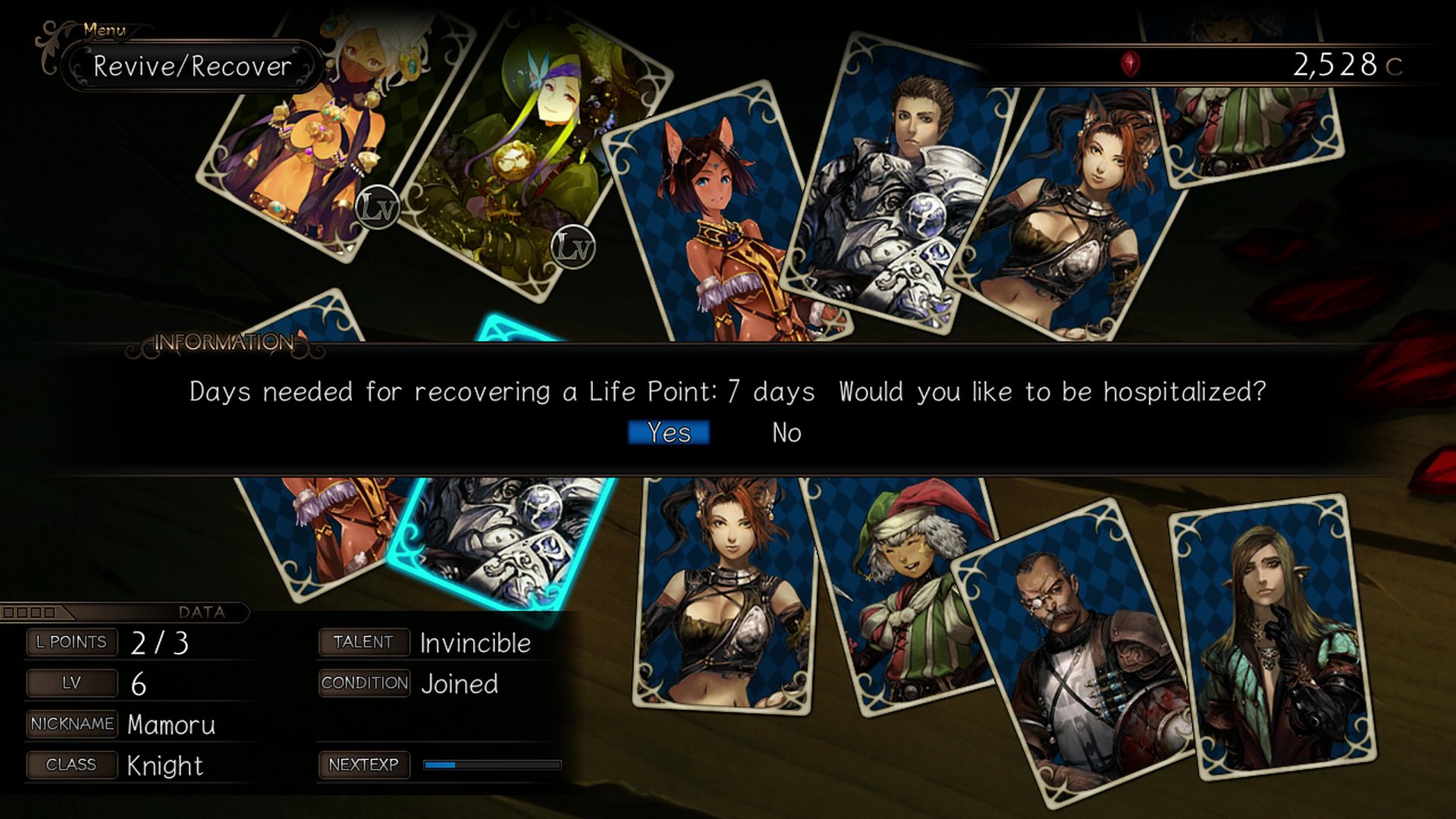
Adding to the challenge of the game, progress can only be saved in town. The further you go into a dungeon, the greater the risk that your party will die and you'll lose everything since your last save. Unlike the recovery system, this risk-reward scenario actually helps the game. It feels good to revisit dungeons several times, getting stronger between attempts, before eventually reaching the end. Think of it like the process of exploring an area between visits to the campfire in Dark Souls.
The Xbox One version of Sword City includes 40 Achievements worth a total of 1,000 Gamerscore. Out of approximately 1,000 people on TrueAchievements, only 20 have completed it. That ratio seems to owe more to the game's overall length and difficulty than anything else. Some of the Achievements are secret, but they mostly revolve around finding and defeating specific Lineage boss monsters.
Immersive adventuring

Like the dungeon delves of yore, Sword City takes place entirely in the first person. The dungeon environments here are rendered in 3D, with all characters and monsters brought to life by static hand-drawn portraits. The 3D dungeons generally look passable enough, but they also betray the game's low-budget nature. This was originally an Xbox 360 game in Japan, and the environments don't seem to have been improved for high definition.
That said, the game's character and monster artwork pretty much makes up for the simplistic environments. We even get two different NPC art styles that can be toggled on the fly. The semi-realistic visual style generally looks better than the cutesy alternative style, as evidenced in the image above. But it's nice to have the choice.
On the audio side, much of the dialog is voiced by Japanese actors with English subtitles. The music features artificially generated vocals produced by a vocaloid (singing voice synthesizer). The robo-singers sound surprisingly beautiful, and I'd never have known they weren't real without reading it. You can always disable the vocals in the options if it suits you though.
Dungeon delving platform of choice
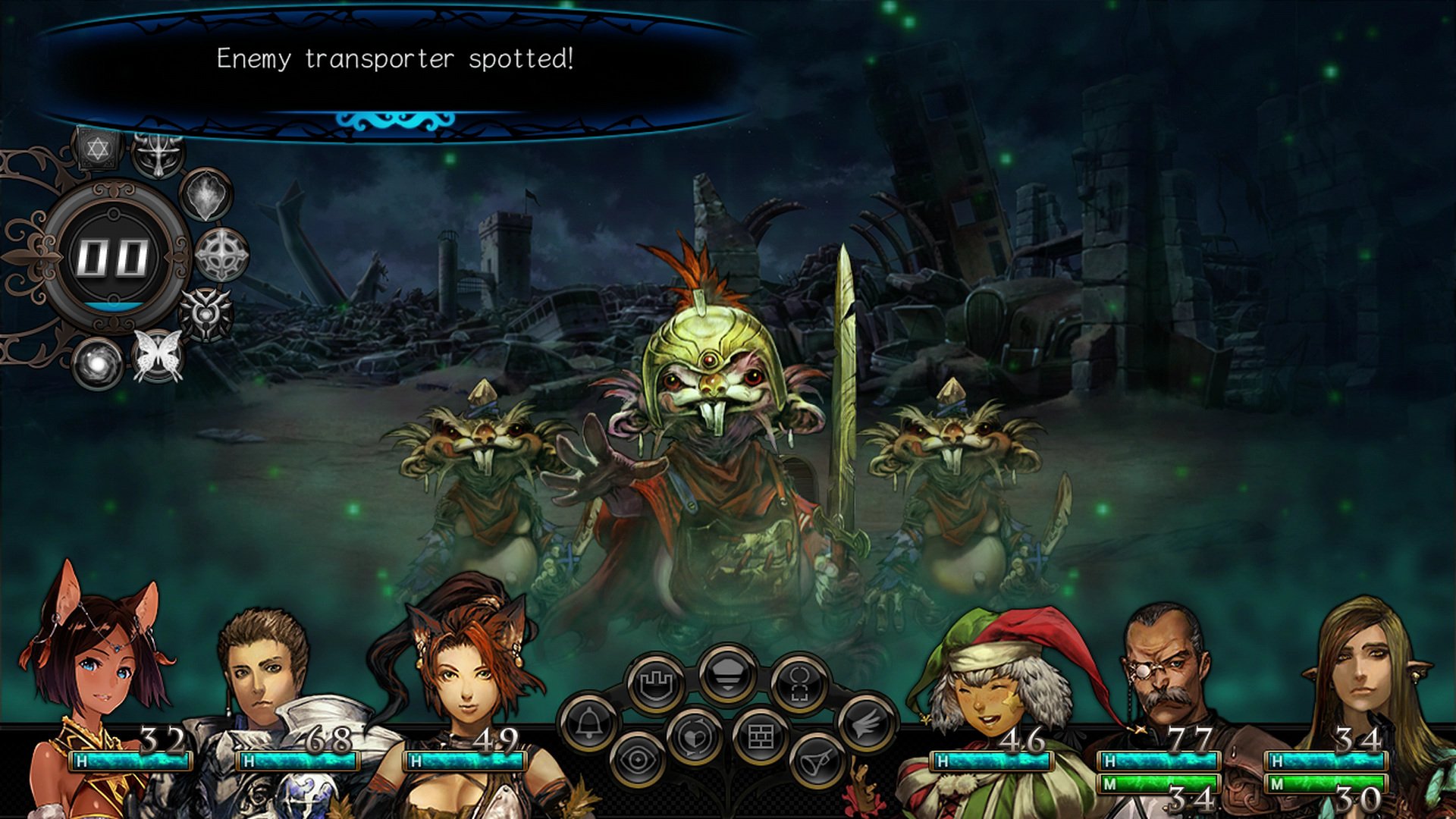
After first launching in English on Xbox One, Stranger of Sword City just arrived on PlayStation Vita. A Steam version (which lets users add their own character portraits) will follow in June 2016. Which version should you pick, then?
Having played on both Xbox One and Vita, I find that the big-screen experience really shows off Sword City's amazing artwork and provides a more immersive first-person experience. Yeah, it also makes it easier to see the low-polygon environments, but this style of game has always involved a bit of player imagination. The Xbox One really needs more distinctly Japanese games like Sword City, so all JRPG fans should support the developer by picking up this release.
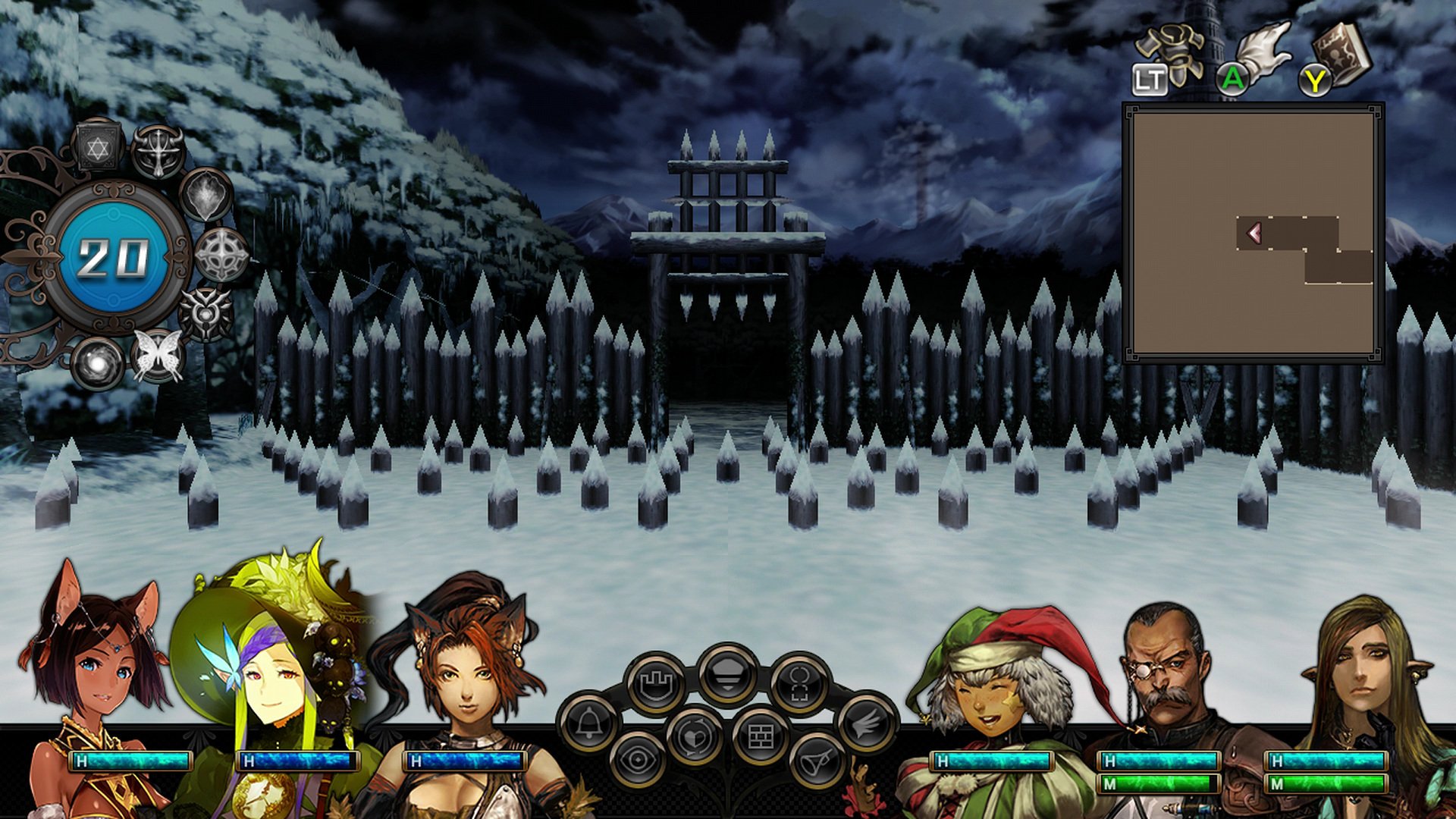
That said, the PlayStation Vita version of Sword City is just as good as its Xbox One counterpart. The only loading times you'll encounter happen upon entering a dungeon or switching floors, and they still only last a couple of seconds. You can turn on the system when you get a few minutes, knock out a few battles and/or a dungeon floor, and resume with ease. The Vita version has all the same content plus the convenience of portability, so I definitely recommend it to owners of Sony's woefully under-appreciated portable console.
Stranger of Sword City sells for approximately $40 on Xbox One and Vita. The Vita version got both a digital and physical release in North America, but comes as a download-only release on Xbox One. If you really want a physical Xbox copy, grab the Asian Xbox One edition. It has English subtitles and text, just like the downloadable release.
Pros:
- A style of role-playing game we don't see very often
- Gorgeous hand-drawn artwork and memorable soundtrack
- Fast-paced battles
- More challenging than typical RPGs
Cons:
- Rudimentary 3D environments
- Life crystal and recovery system makes character deaths a hassle
- Story could be more interesting
- See Stranger of Sword City on Xbox.com
- See Stranger of Sword City (Asian physical release) at Amazon
- See Stranger of Sword City for PlayStation Vita at Amazon
Xbox One and PlayStation Vita versions reviewed. Xbox One version provided by Experience, Inc. and Vita version provided by NIS America.
Paul Acevedo is the Games Editor at Windows Central. A lifelong gamer, he has written about videogames for over 15 years and reviewed over 350 games for our site. Follow him on Twitter @PaulRAcevedo. Don’t hate. Appreciate!

